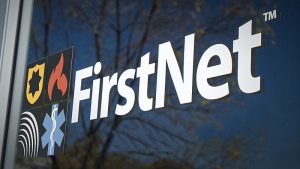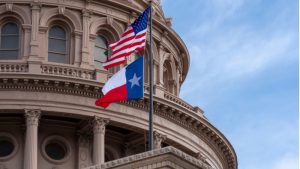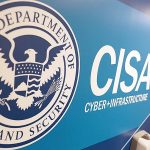The COVID-19 pandemic and the sudden need for digital service delivery exposed gaps in the technology capabilities of state and local governments, which struggled to meet constituents’ needs during a time of crisis. In the wake of the pandemic, citizens continue to demand a more customer friendly experience when accessing critical government services. To keep pace, state and local governments are accelerating modernization efforts and looking to emerging technologies to build a digital government, where processes and services are fully connected and automated to deliver timely, responsive citizen services.
The Government Accountability Office (GAO) is getting an early start on reminding Congress that the First Responder Network Authority – which oversees a contract under which AT&T is building out a nationwide broadband network for first responders – needs to be reauthorized by lawmakers by 2027.
At an event marking the 10th anniversary of the First Responder Network Authority (FirstNet), Federal Communications Commission (FCC) Chair Jessica Rosenworcel proposed a plan for the Federal government to move forward on the next generation of 911 services.
The Federal Communications Commission (FCC) said it will commit another $86 million in the tenth wave funding to its Emergency Connectivity Fund (ECF) program.
The Ferguson-Florissant School District in St. Louis, Mo., has partnered with TutorMe, an online tutoring solution, to reach more than 11,000 K-12 students.
Researchers at the University of Missouri (UM) will use $12 million in grant funding to teach science to middle schoolers and improve literacy outcomes for second graders.
Governments are dealing with a big spike in cybercrime, and as international ransomware attacks escalate, state and local governments are being increasingly targeted. Texas is not immune to the trend, and state Chief Information Security Officer (CISO) Nancy Rainosek provides a unique look at how the Lone Star State is reacting to the crime wave with a blow-by-blow description of a serious ransomware attack.
The Cybersecurity and Infrastructure Security Agency (CISA) has launched a new webpage featuring a catalog of free cybersecurity tools and resources that the agency hopes will serve as a “one-stop resource where organizations of all sizes can find free public and private sector resources to reduce their cybersecurity risk.”
The state of Montana has taken two major steps to help close the digital divide. Montana Gov. Greg Gianforte announced both that the state released a new statewide broadband service map, and has opened applications for its ConnectMT Program.
University professors and Tribal leaders are using a grant from the National Science Foundation (NSF) to develop narrative technology tools to address the lack of representation of Indigenous culture, history, and stories in K-12 classrooms.












